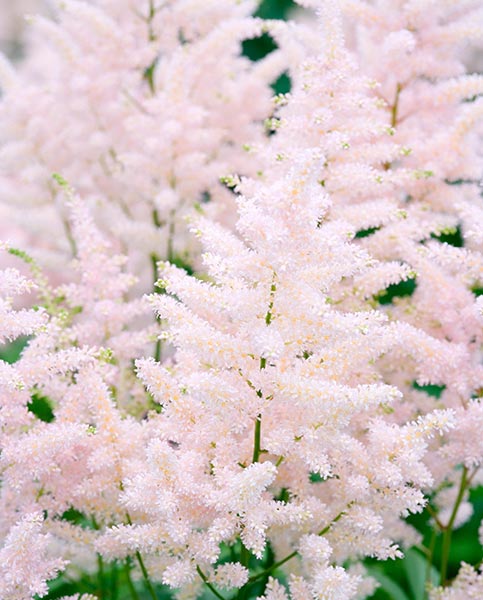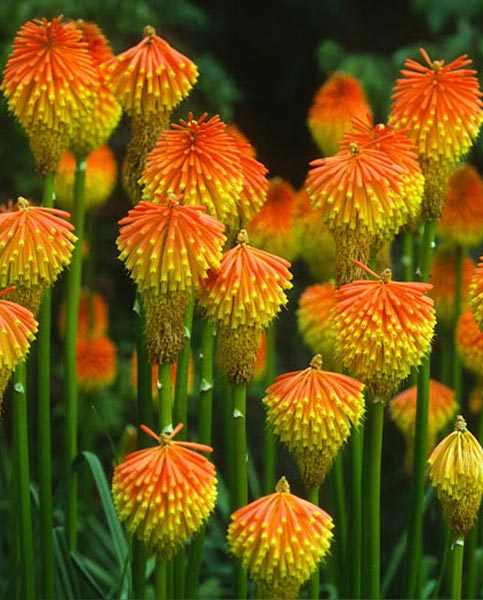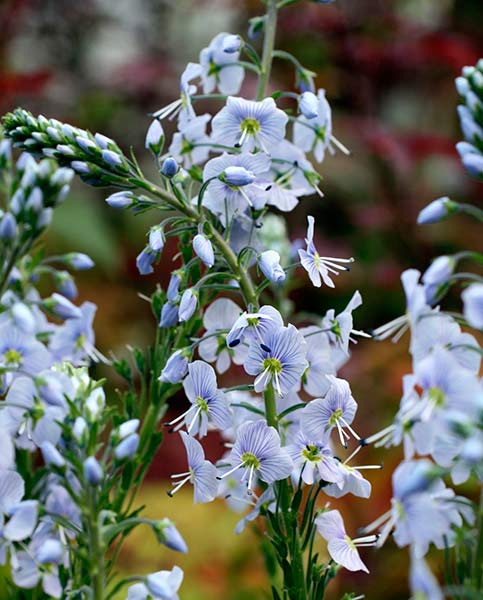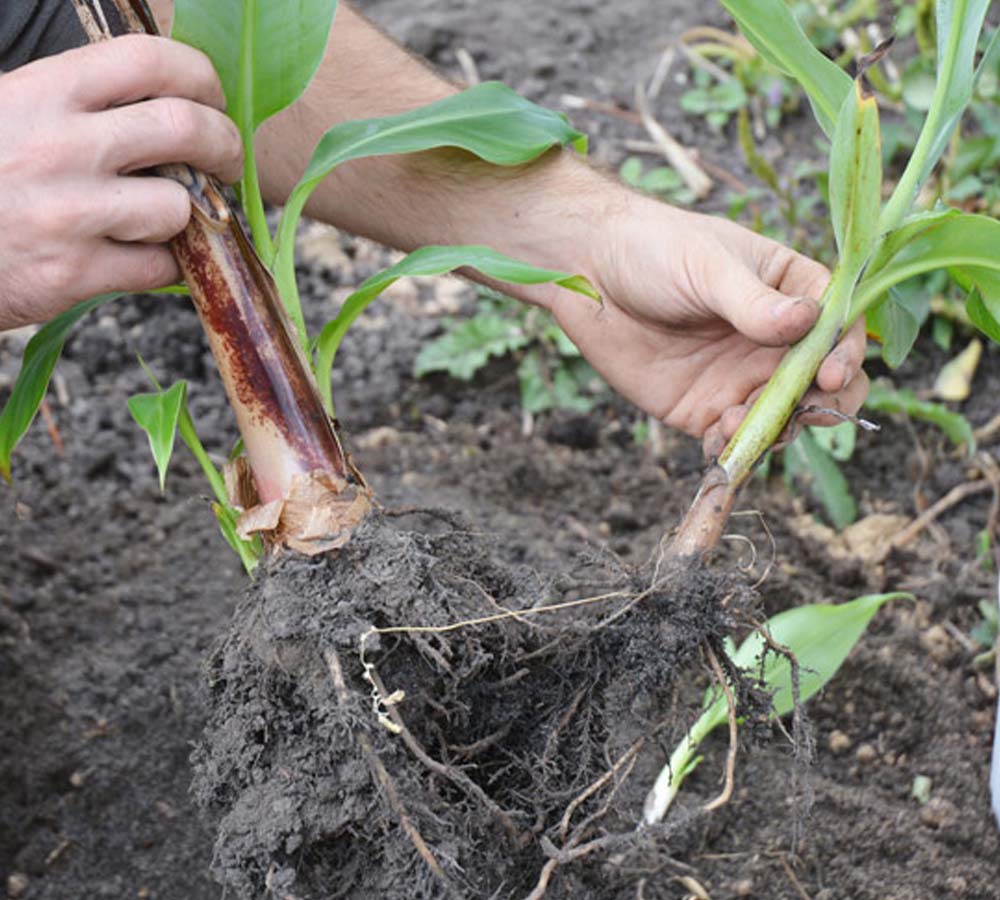How to grow Veronica spicata
With over 500 species of flowering plants under the Veronica genus, Veronica spicata is one of the most popular. Also known as Spiked Speedwell (or Speedwell), Veronica spicata belongs to the plantain family.
This fast-growing and herbaceous perennial is bushy and clump-forming in nature. With dense, star-shaped deep purple flowers on upright stems, it blooms for up to 6 weeks throughout the summer. The foliage of Veronica spicata is lance-shaped and evergreen, so you are sure to benefit from a year-round display of green.
Ideally placed in a sheltered border, bed or other sunny spot in the garden, Veronica spicata also make beautiful cut flowers and add vibrant, striking colour to any garden. This easy-to-grow plant also attracts pollinators such as bees and butterflies.

Key Information
Soil pH
Position
Hardiness


Where & when to plant Veronica spicata
The best time to plant Veronica spicata is in spring when the soil has begun to warm up. Give each plant plenty of space to grow - as they grow from ground-level to full height in just one season. While hardy, Veronica spicata does need shelter from strong winds. So, when planting in a border or other sunny position a nearby wall or fence can help to protect your plants.
How to plant Veronica spicata
The best way to ensure success is to purchase young plants in pots – this saves you time and investment in the germination and initial growth process
When your seedlings arrive, they are ready to be planted out in milder areas or you can grow them on in a cold frame or greenhouse until the weather warms a little to increase their viability.
Check the pots to see how established the root growth is and repot if required. Alternatively, dig a hole slightly larger than the pot and place the plant in the chosen site along with some grit or gravel to aid drainage where appropriate. Back fill the planting site and water in your plant to aid establishment
Ensure that plants are kept moist, not waterlogged, whilst establishing after which they require minimal care and flowers will return year on year

What to plant with Veronica spicata
When looking for companion plants for Veronica spicata, choose plants that grow in similar conditions of well-draining soil and full sun. Astilbes grow nicely in such conditions, are fully hardy and add attractive clumps of pink to any garden. Kniphofia is another great choice, with stunning red, yellow and orange hues. Finally, combine with other Veronicas such as Veronica gentianoides with lilac-blue flora and glossy green leaves.



How to care for Veronica spicata
Pruning & Deadheading
As always, prune any faded flowers, foliage and flowering stems if there are signs of wilting or damage. You can deadhead Veronica spicata regularly to extend their flowering period. To prevent self-seeding, cut back the seed heads once the flowering season is over.
Watering
Spiked speedwells need watering regularly while they are young and establishing. However, they are drought-resistant once established. Watering once a week (including rainwater) is sufficient to promote healthy blooms.
Cold Protection
The best way to protect Veronica spicata plants from the cold is with a layer of mulch in autumn.
Pests & Diseases
There are a few diseases to look out for when it comes to Veronica spicata. Two of these are powdery mildew and downy mildew. These will appear as brown spots or a dusty white coating on Veronica spicata foliage. You should also protect your plants as much as you can from root rot: this is caused by overwatering or soil that does not drain well. This means the roots will be sat in standing water with no access to oxygen.
How to propagate Veronica spicata
- The best way to propagate Veronica spicata is through division. Once the flowering season is over, select a healthy and disease-free plant to use as a parent plant

Gently remove the parent plant from the soil and cut away sections of root with clean, sharp scissors or secateurs. Do not take more than ⅓ from the parent plant in total, and re-plant the parent as soon as you have finished taking cuttings

Add your divisions to a pot full of cuttings compost. Water in to settle the plant into the soil. Keep the pots indoors at a controlled temperature and dry environment out of direct sunlight

In the following spring, once roots have been established, you can plant out your Veronica spicata into their final position of full sun and well-drained soil.
Common Veronica Spicata Questions
How do you care for Veronica spicata?
Care for Veronica spicata by planting in a position with moist, well-draining soil and full sun. Water once a week once established and add a thin layer of mulch in the summer to keep the soil healthy. Veronica spicata enjoys a sheltered position away from high winds, so plant in a flower bed or border with a wall or fence for shelter.
Is Veronica spicata a perennial?
Yes, Veronica spicata is a perennial plant. This means it will die back to the ground in the late autumn/winter months and will re-grow the following spring.
Should I deadhead Veronica spicata?
If you want to extend the flowering season of Veronica spicata, then regular deadheading can help with this. Trim or pinch off any old and wilting blooms - this will allow the next flower down to grow.




